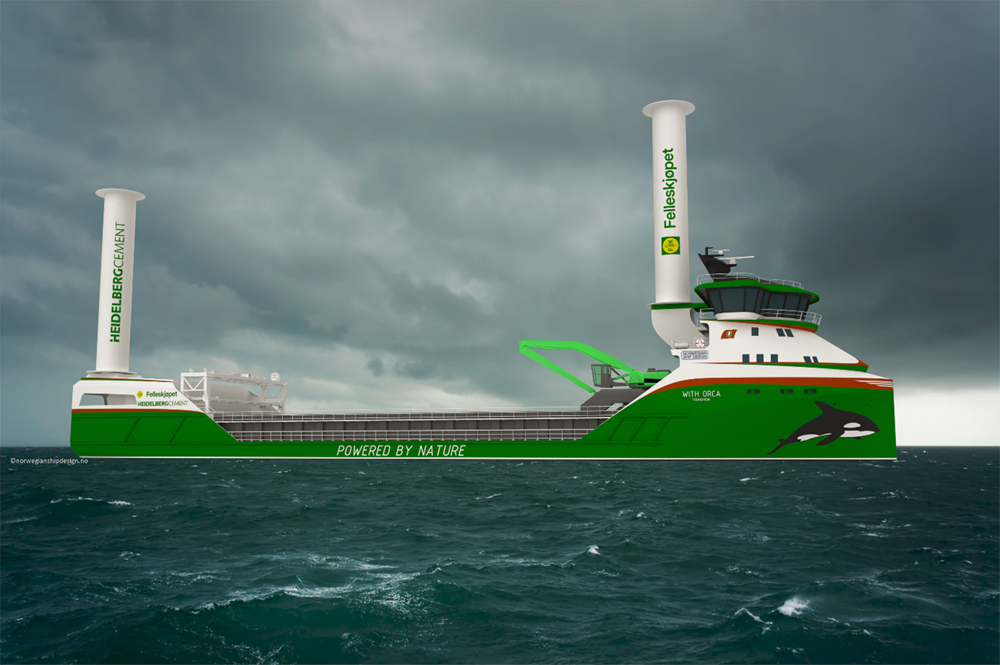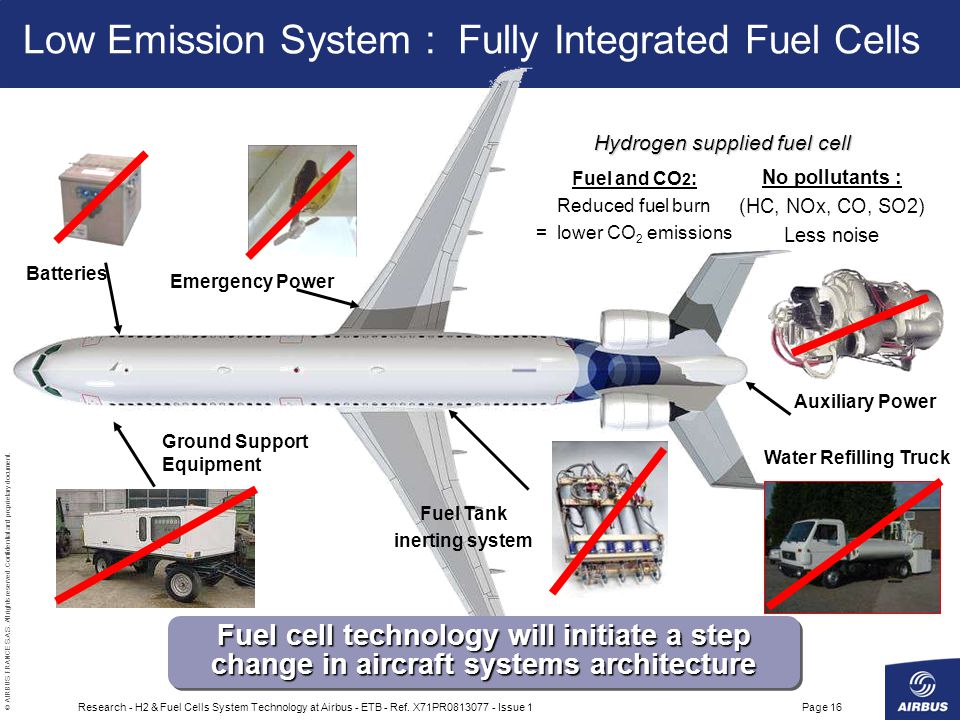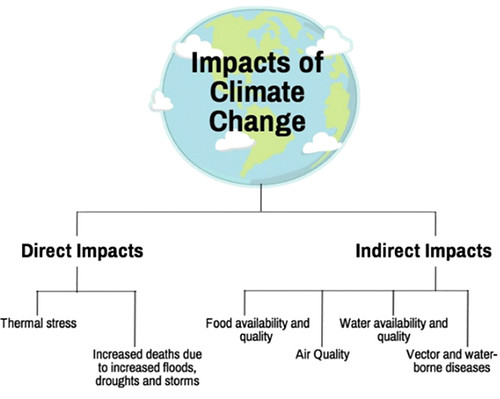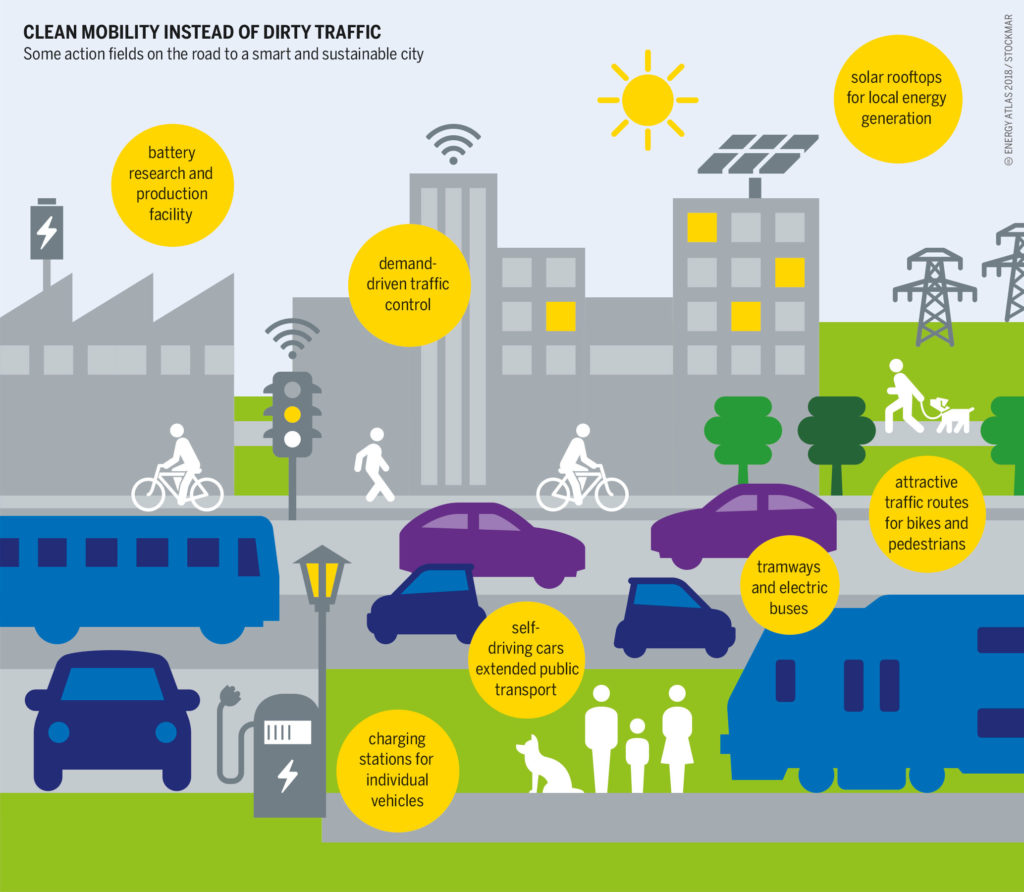Introduction
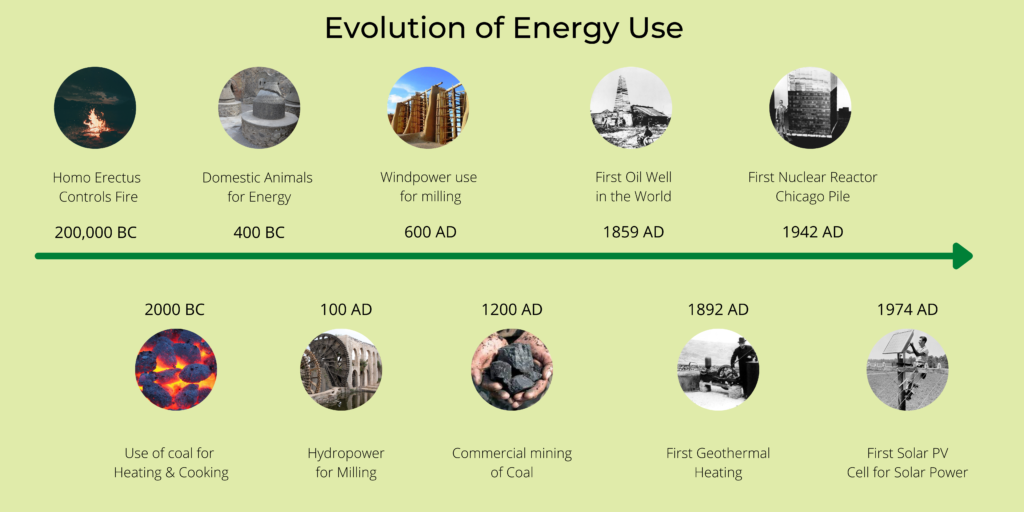
Ever since humanity has discovered fire, our individual need for energy has only increased exponentially along with the increase in our perceived needs. With the passage of time, multiple civilizations have discovered, exploited and utilized multiple sources of energy producing fuels, some from renewable sources and others from fossilized sources. These multiple sources have propelled growth, development, and prosperity.
In our ever lasting quest for energy resources, we have unfortunately created a condition that has now started to threaten the very lifestyle that these resources helped create. Now we are at a crucial juncture where our choices regarding the fuel and energy resources we will continue to use will determine if we are even able to maintain a safe, secure and healthy environment to continue to live in.
This critical juncture, the inflection point now being referred to as Energy Transition, is presenting many opportunities and choices to countries, organizations and individuals, and allowing each to define themselves as winners or losers in the new paradigm
The Energy Value Chain
The Energy Value Chain is a complex composition of resources and actors, and can be broken down in multiple stages based on the activity and players involved. Each stage presents its own opportunities, costs, and risks. Demystifying these various stages will increase grassroot participation and help in achieving the transition goals faster.

Energy Generation or Upstream
Also referred to as Upstream activities, this is the exploitation of the raw materials which when processed, gives us energy.
In the Industrial Era, the primary upstream sources has been fossil fuels such as Coal and Oil & Gas, Nuclear (which is a non renewable but non-CO2 polluting source), and renewable sources such as Animal power, Sun, wind, and water. Additional sources that have been harnessed include Geothermal energy sources. New research has focused on additional sources such as Hydrogen, and Fusion, which are either in a development or research stage.
For The transition from a ‘Dirty’ to a ‘Clean’ source, the key will be to focus on a multitude of ‘renewable’ or non-polluting sources.

Transportation
While personal transportation has already moved towards electrification, commercial transportation will move towards hydrogen use. Fuel cell batteries are more suited for time sensitive supply chain operations. Hydrogen fuel cells can be refueled in minutes instead of hours. Emissions are still localized like in the case of Internal combustion engines but the emissions are clean – Water instead of other noxious gases. The weight of the drive train will be distributed throughout the vehicle compared to the bottom of the vehicle in the case of electric vehicles. This will help in better logistic planning, better load distribution and therefore the stability of the vehicles themselves, and better return on investment for logistic operations. Green hydrogen can be produced and then transported using Green Ammonia. Hydrogen powered vehicles will drive further and will need lower initial infrastructure investments. The technology is close to mature and we will soon see a steady influx of hydrogen powered commercial vehicles.

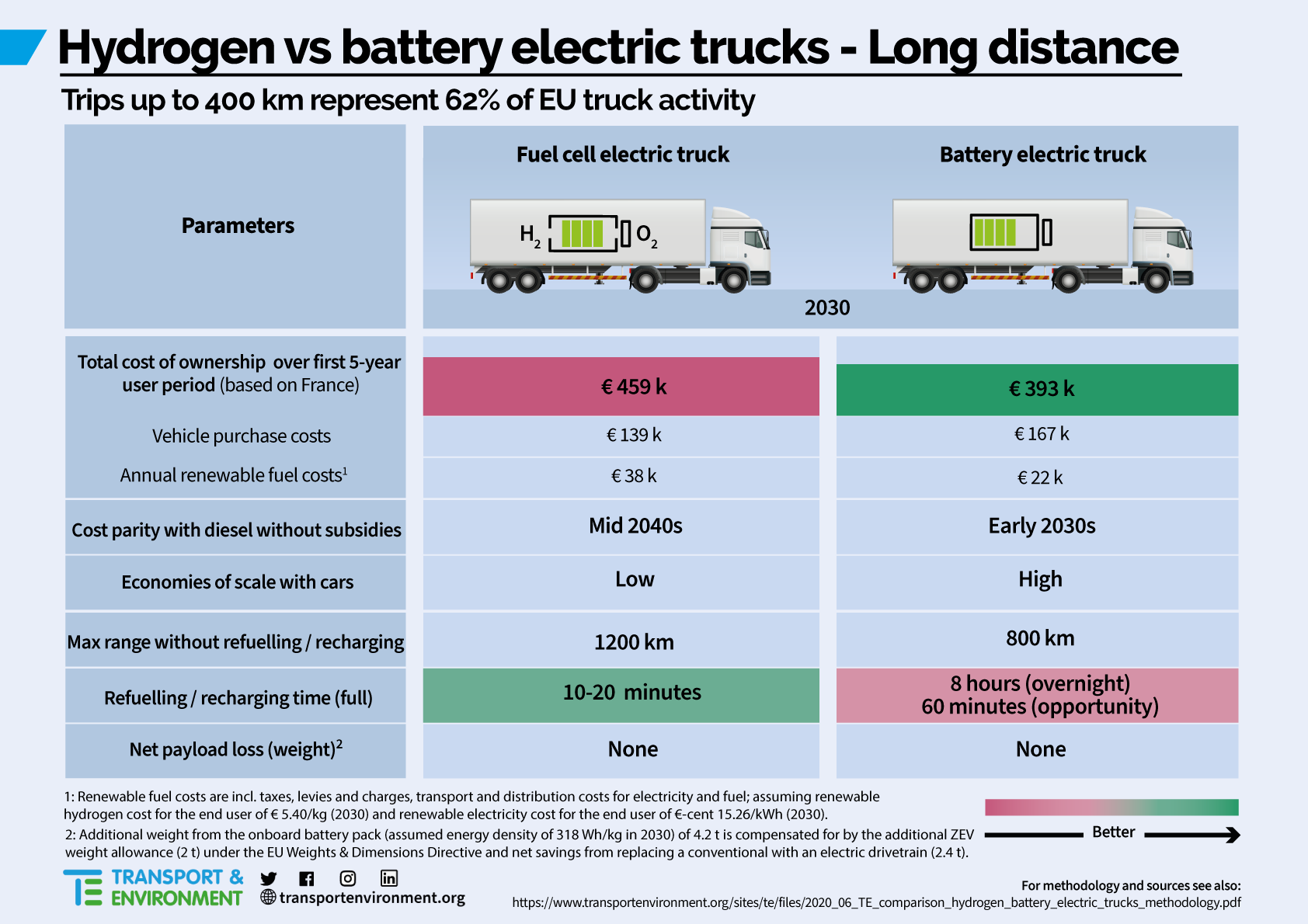
For Water transports, flexible fuel systems will be used. We shall see the use of Green Hydrogen, Synthetic Natural Gas derived from biological waste, Synthetic oils derived from Algae, and Ammonia will be used. Other improvements will be updated propellor systems, electrical power for near shower and inland water transportation systems, and optimized pumps in the propulsion systems. Given that the energy density of the battery systems are not sufficient enough to power container or cargo ships, use of synthetic fuels and Green Hydrogen has the highest contribution towards greening marine transportation.
For the Aviation industry, the choice of an energy source that can be scaled up to fuel commercial aircrafts was highly debated. But it seems like more players are settling towards Hydrogen as the fuel source of Choice for commercial and cargo aviation. Different Hydrogen pathways are being examined, such as hydrogen combustion in modified gas turbines and hydrogen fuel cells. Synthetic fuel derived from non-fossil resources are also in consideration, but doesn’t seem to be winning the race.
Electricity
For the Electricity grids, the key concern is about Grid Stability. We have been using Solar and Wind energy for over a decade now, but the reliability of Solar and Wind is dependent on the stability and predictability of climatic conditions. With the impact of climate change, it is becoming more difficult to predict the atmospheric changes in a longer timescale. This means that for the basic grid stability, a more dependable source will be required to replace the thermal fuel sources. These replacement sources can be:
- Alternative fuels derived from Solid waste (Industrial or Municipal). However the waste derived fuels tend to usually have low energy density compared to Petroleum Coke and Bituminous Coke. But use of alternative fuels gives the quickest and cheapest transition for fossil fuel based thermal energy generation plants. Alternative fuels still produce CO2, but the CO2 produced are carbon neutral as they come from renewable sources generally.
- Another traditional source which is becoming less dependable is Hydro power. Due to Climate change, the precipitation patters are getting altered significantly. This is creating either drought conditions or flood conditions in the fresh water rivers of the world, making hydroelectric power less predictable. But the use case of hydroelectric power remains strong as a clean source of energy. Additionally, smaller turbines and propellors can be utilized to make more distributed generation systems.
- Nuclear power remains one of the cleanest source of energy generation. Nuclear power is by no means renewable. There is a limited amount of nuclear fuels like Uranium available. However, the world is starting to move more towards thorium, which is more stable nuclear fuel, albeit more expensive. The investment case for Thorium powered power plants are becoming more apparent.
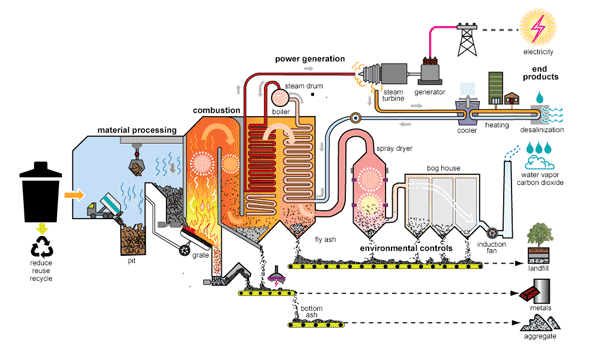

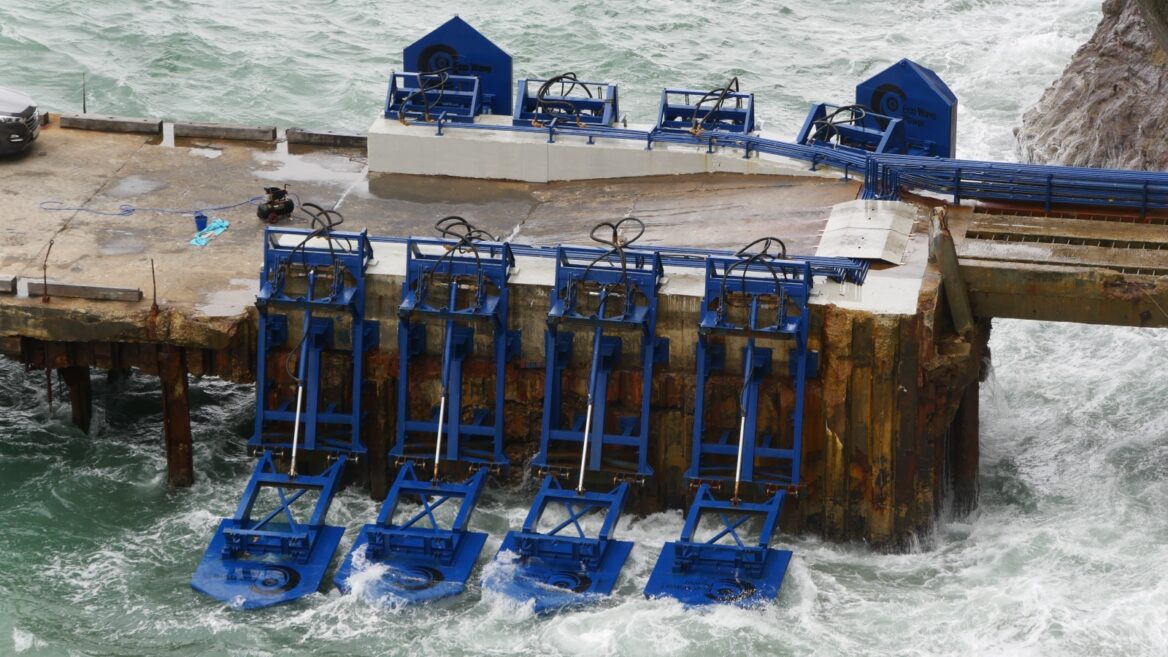
Industrial
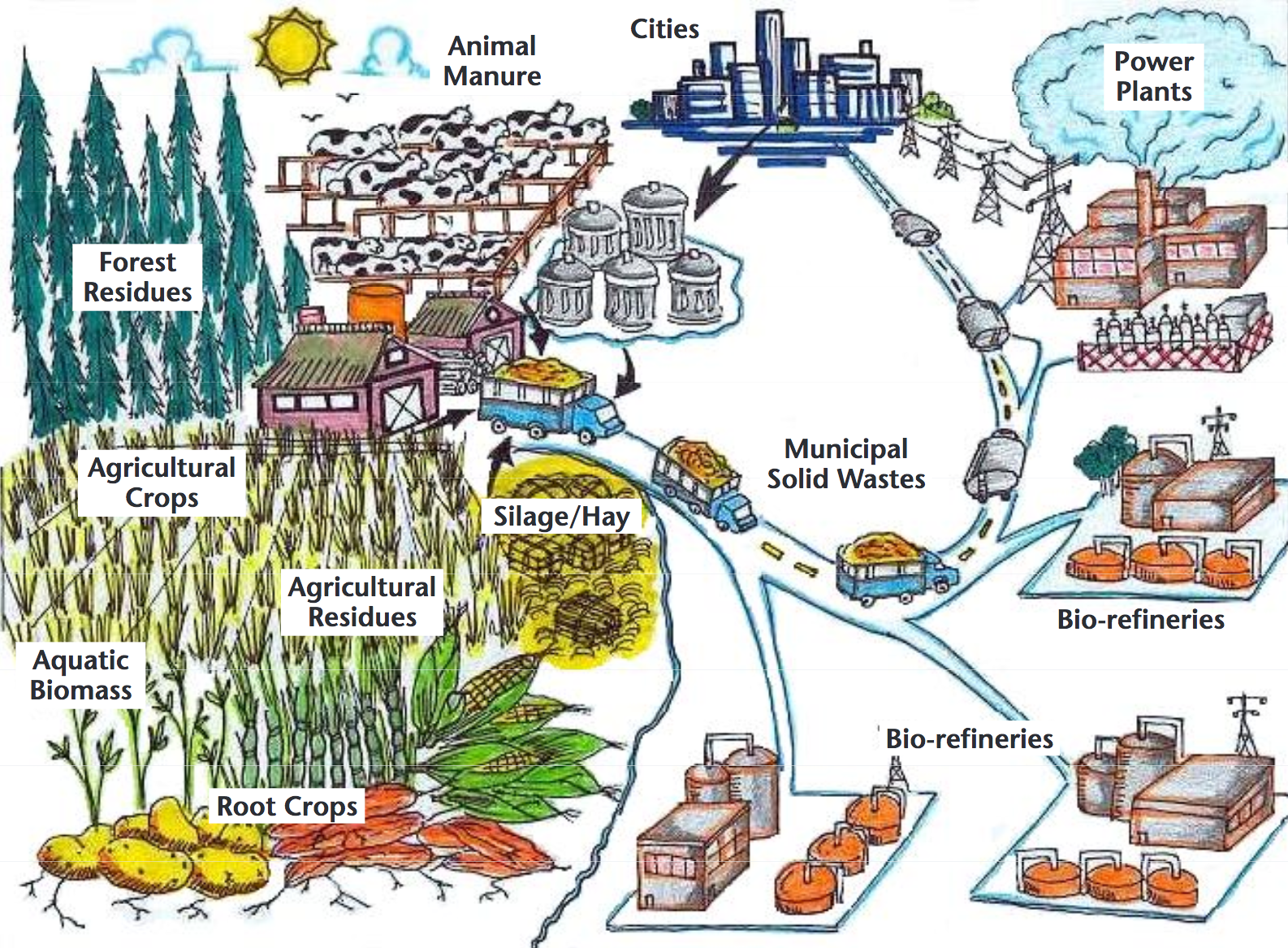
For Industrial Use, multiple transitory effects are starting to take place. Electric Arc furnaces are becoming more prevalent in replacing the thermal foundries in order to generate the heat required to reprocess metals. However for chemical reduction purposes that is typically required in Blast Furnaces for example, we will still need coal. However we can look at wood derived coal which even though has a lower coal content than Anthracite, can be further refined to make it more usable. The costs are significantly high, but that also means we are moving more towards recycling of metals that have already been mined and processed. Alternative fuels are being utilized for more industrial processes. In cement kilns, Animal waste is used as fuel. This animal waste, called Bone Meal, is allowing the waste of the abattoirs to be cleanly disposed off, preventing the contamination of ground water resources. Additionally, other biological waste such as dried husks and dried sludge are also being utilized as fuel sources.
Transmission - Midstream
Transmission and Distribution are also referred to as the Midstream component of the energy value chain. In the case of Oil and Gas, this involves the Storage and transportation of the fuels. In the case of Electricity, it involves the High Voltage Transmission Lines.
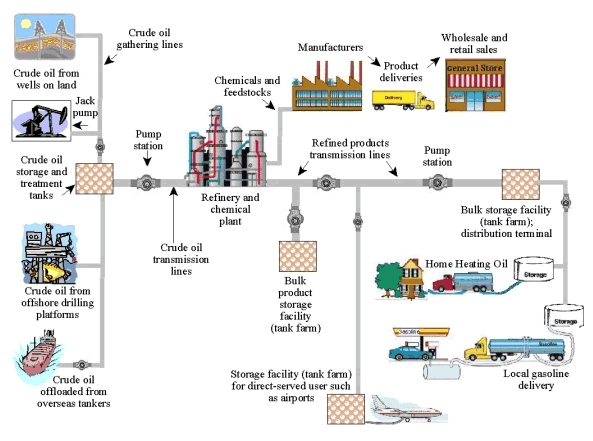

In order to move the needle significantly in the Energy Transition of Midstream activity, Traditionally midstream companies had excellent cash flows due to their lower initial investment costs compared to Upstream companies, and better revenue projection and cost management. This meant that traditional midstream companies attracted a lot of investors. The substitution of fossil fuels with synthetic fuels will mean that the demand for storage and handling of biofuels will continue to increase, and will continue to attract investors. New areas of development will include areas such as Digital Asset Management.
The inclusion of renewable variable components to the energy matrix will mean that Smart Grid management will become of increasing importance. This will see a higher technical development and higher investment into smart grid monitoring and management. The migration from Thermal to Nuclear power would mean that the demand for transmission grid services will increase. The reason for Higher voltages in transmission of electricity is to reduce the losses suffered. The main reasons for transmission losses include lengthy transmission lines, inadequate conduction parameters of the lines, distance of the transformers from the load centers, low power factor, feeder phase current, load balancing, and bad workmanship. Utilization of Smart Grids become critical to achieve better optimization and reduce losses and instability.
Retail & Distribution - Downstream
Distribution and retail activities are primarily referred to as Downstream activities. In order to make a significant transition and meet the Sustainability goals, we will need to reconfigure our downstream activities. For Road transportation, we will need to move towards charging stations for electric vehicles and Hydrogen refuel centers for Hydrogen powered vehicles. Investments and further development will be required for Rapid Charging Technologies. Green Hydrogen Storage and Transport Technologies will need further investment and patronage.
For Electricity grids, the Distribution companies will need to also move towards Smart Metering, Grid Connected Distributed Renewable Generation which provides a reverse loop, and feeds power into the electric grid. New business models needs to be created to help users switch from ‘Dirty’ to ‘Clean’ Energy.
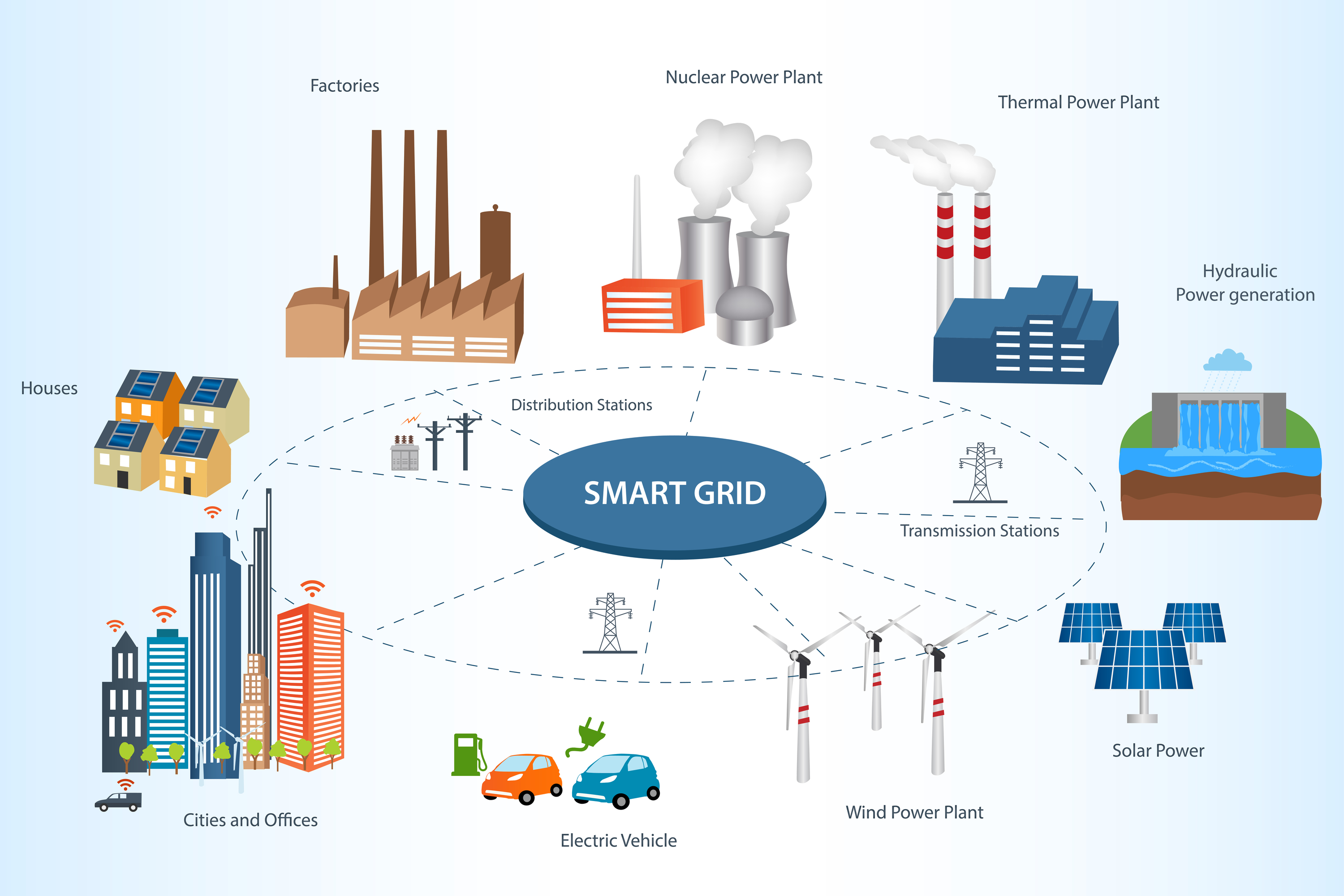
Conclusion
When Henry Ford propagated the mass manufacturing of Automobiles, the key concern of the communities in question was the pollution that was created by horse drawn carriages. Civic authorities in the major urban centers were tired of cleaning the horse manure off the streets. The stench of horse manure was a added hassle. The bio hazard created from the accumulating flies that would then transmit diseases were of concern as well. However little did the industrial titans of the 20th century know that the very solution to a 19th century pollution problem was becoming the progenitor of a new sustainability crisis. The choices that we face today are similar. However, we have the benefit of hindsight, and access to a broader arsenal of technology choices. The transition to Clean Energy is more achievable today than it has been ever before.

